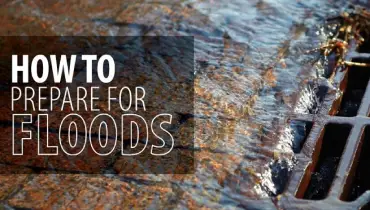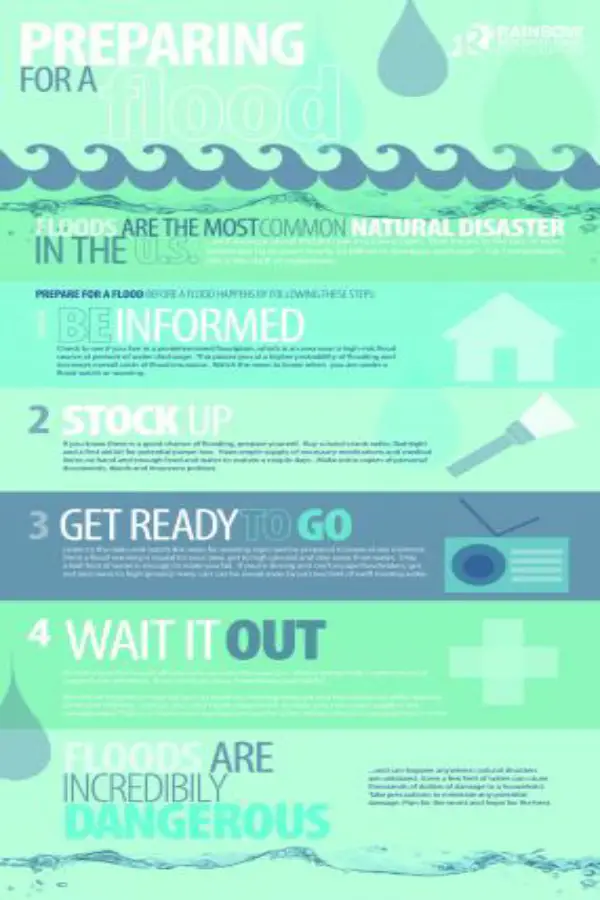
Preparing for floods is crucial to protect your home and loved ones. Rainbow Restoration recommends these key steps:
|
Did you know that floods are the most common natural disaster in the U.S.?
Floods are responsible for, on average, about $42,000 per insurance claim. That means in the last 10 years, Americans have spent nearly $4 billion in damages each year*.
LiveScience.com* explains that the intensity and length of a rain event are both key flood-causing factors. But not all floods are caused by rain, some are actually caused by a dam or levee breech. Regardless of the cause, floods can quickly catch you off guard and the results can be catastrophic to communities. And for homeowners…this is the stuff of nightmares.
With a good portion of the U.S. considered to be in drought conditions*, it’s kind of hard for some to wrap their brain around the urgency of flood preparedness. But being prepared takes the guess work out of the equation and can help you more easily restore order in the aftermath of a flooding event.
You can prepare for a flood - before a flood happens - by following these steps:

Step 1: Be informed.
Check to see if you live in a predetermined floodplain, which is an area near a high-risk flood source at periods of water discharge. This places you at a higher probability of flooding and increases overall costs of flood insurance. Watch the news to know when you are under a flood watch or warning.
Step 2: Stock up.
If you know there is a good chance of flooding, prepare yourself. Buy a hand-crank radio, flashlight and a first aid kit for potential power loss. Have ample supply of necessary medications and medical items on hand and enough food and water to sustain a couple days. Make extra copies of personal documents, deeds and insurance policies.
Step 3: Get ready to go.
Listen to the radio and watch the news for warning signs and be prepared to leave at any moment. Once a flood warning is issued for your area, get to high ground and stay away from water. Only a half-foot of water is enough to make you fall. If you’re driving and can’t escape floodwaters, get out and move to high ground; many cars can be swept away by just two feet of swift moving water.
Step 4: Wait it out.
Do not return home until officials have declared the area safe. Before going inside, make certain all supports are still intact. If you smell gas, leave immediately.
Remove all hazardous materials such as batteries, cleaning materials and fuel containers while wearing protective clothing. Contact your state health department to make sure your water supply is not contaminated. There is a chance you may have to treat the water before using it to prepare food or drink.
Remember, just a few feet of water can cause thousands of dollars of damage to a household. Take precautions to minimize any potential damage. Plan for the worst and hope for the best.
*http://www.floodsmart.gov/floodsmart/pages/media_resources/stats.jsp *http://www.livescience.com/6592-science-flash-floods.html *http://www.ncdc.noaa.gov/sotc/drought/2014/2
